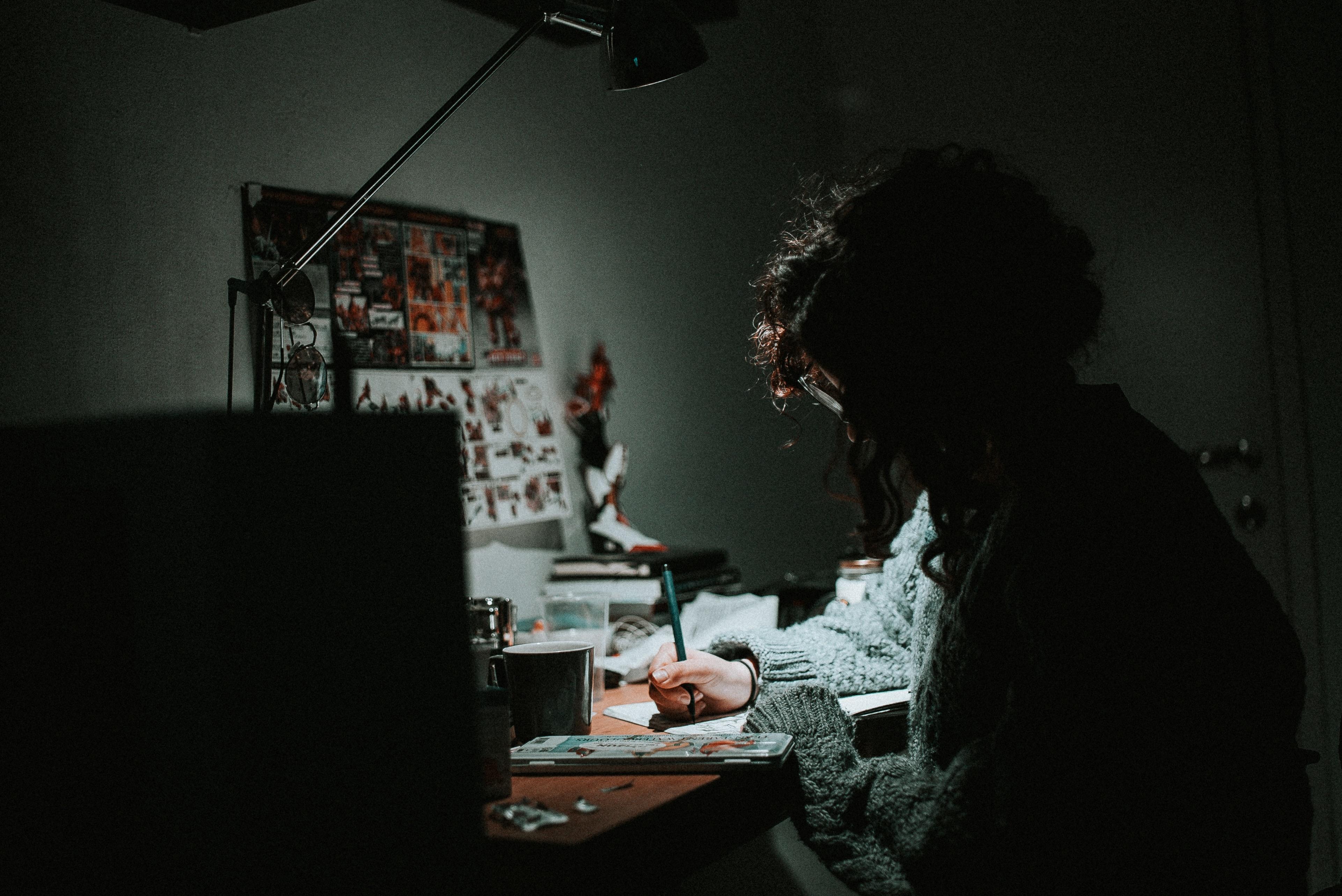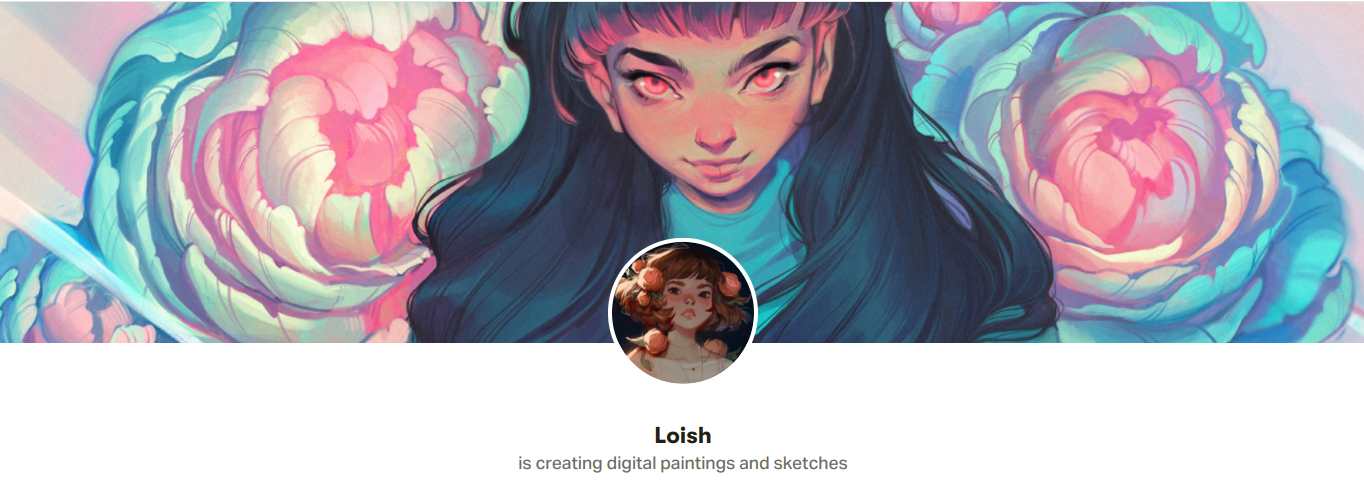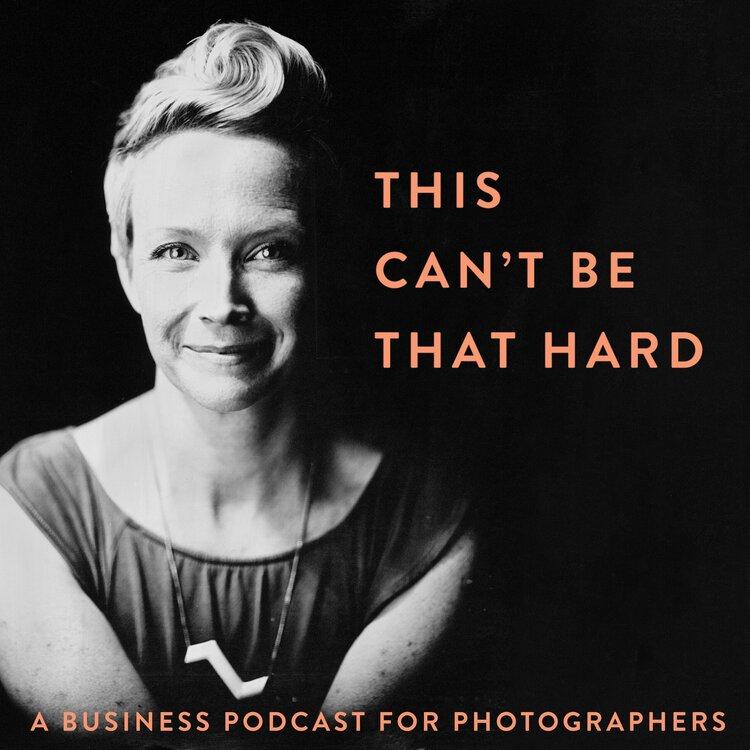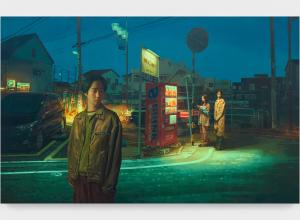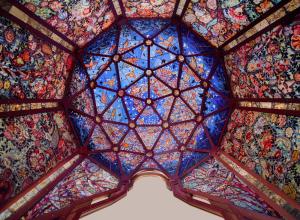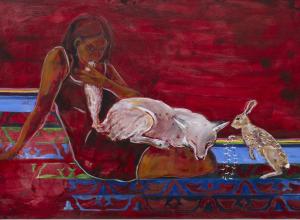Budgeting
Many who cannot afford the high cost of institutional learning are wary of spending anything on education. That is understandable but can also very limiting. The act of granting oneself permission to invest financially in personal education can, in itself, set the tone for growth. Feelings of legitimacy are no small matter. And of course, there is the more obvious result––access to instructional materials and learning environments sans debt.
In terms of setting a budget, the particulars are up to the individual. You can devote the monthly (or quarterly) average of what you currently make from your art—even if that’s only $25 or less. If you’re not making anything from art, devote a percentage of your savings. The amount doesn’t matter, it can be $100, $1,000 or $5,000. It just needs to feel right to you. The key is that whatever you spend will be more affordable than art school but will also give you a sense of investment and validation that can transform your mental state.
Digital Resources
Due in part to the coronavirus crisis, it is easier than ever to find niche communities and informational catalogs online. Some are hidden behind a paywall while others are free to join but both can provide immeasurable value. Personal experiences and information, shared by both new and seasoned self-employed artists, are especially numerous and present across multiple platforms including Facebook, Discord, and Reddit.




